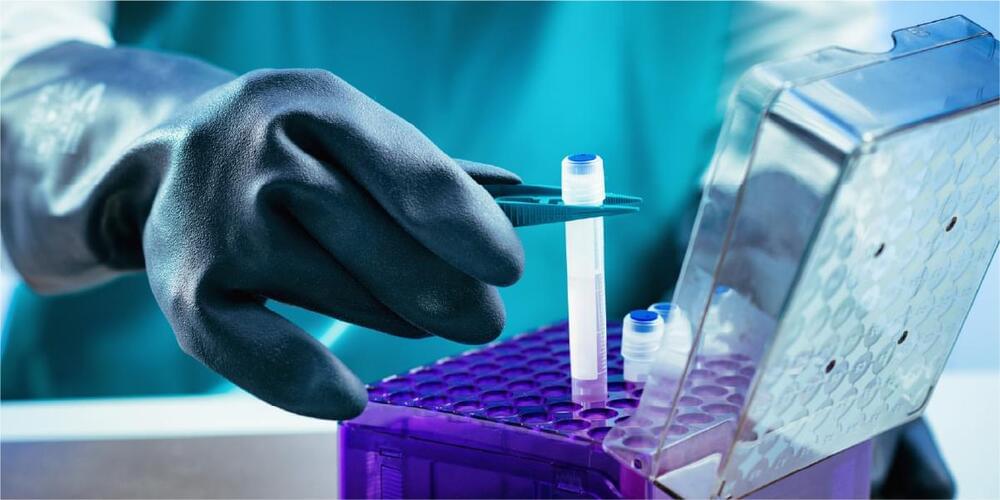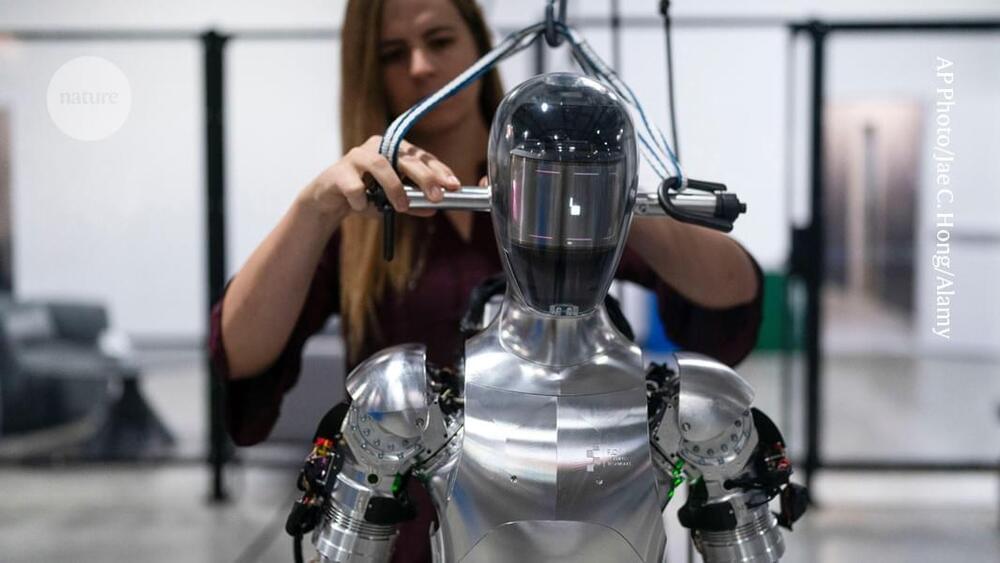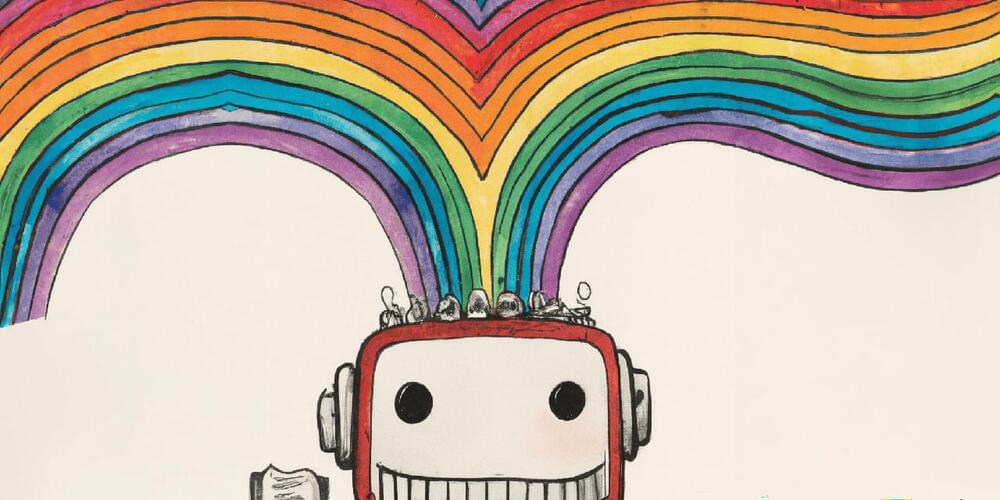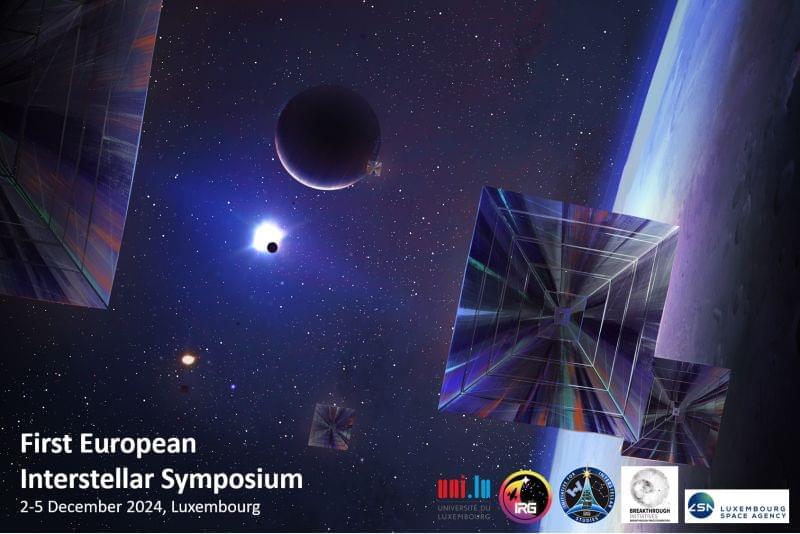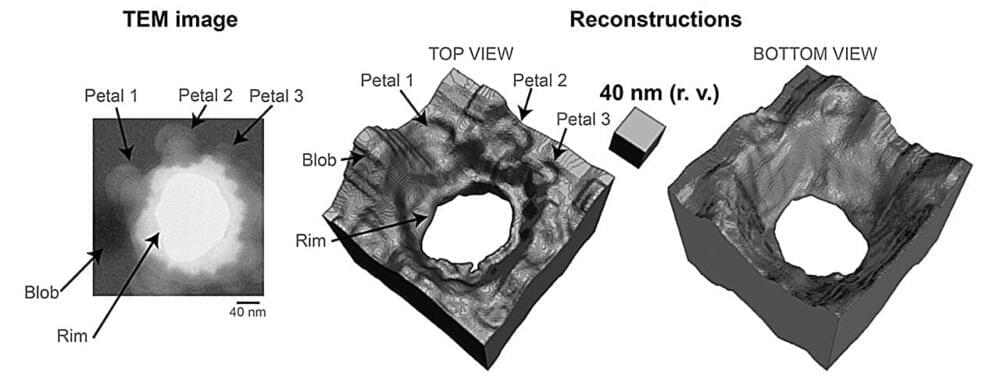May 30, 2024
SpaceX’s Four Starling CubeSats Demonstrate Autonomous Operations
Posted by Laurence Tognetti, Labroots Inc. in categories: robotics/AI, satellites
Could autonomous CubeSats someday be used for deep space exploration? This is what a recent demonstration by SpaceX’s Starling swarm of four CubeSats hopes to address as NASA announced the 10-month primary mission of the swarm successfully completed its primary mission objectives as part of multiple experiments. This demonstration holds the potential to help develop CubeSats capable of conducting deep space exploration missions without the need for constant communication with Earth as they could communicate with each other.
“The success of Starling’s initial mission represents a landmark achievement in the development of autonomous networks of small spacecraft,” said Roger Hunter, who is the Program Manager for NASA’s Small Spacecraft Technology Program (STTP) at NASA’s Ames Research Center. “The team has been very successful in achieving our objectives and adapting in the face of challenges.”
For the demonstration, the four CubeSats successfully studied the Earth’s ionosphere while communicating with each other regarding next steps for continued analysis. This provided the opportunity for each spacecraft to equally contribute to the mission while decreasing human involvement.

